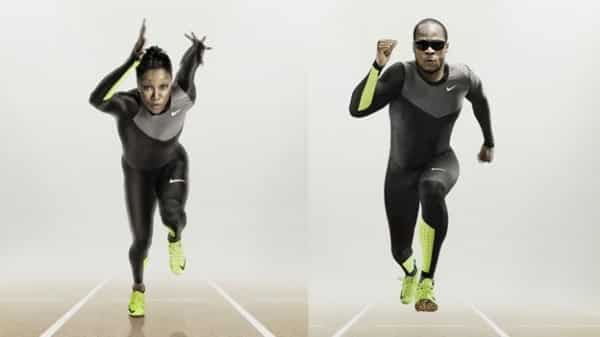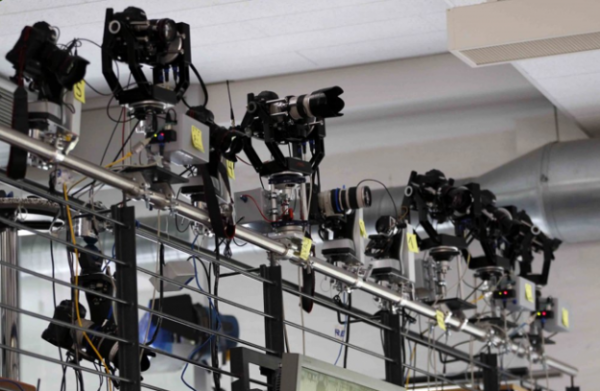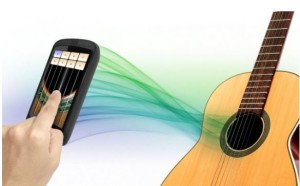Olympics are an occasion of huge significance for the international community. Billions of people from around the globe are going to watch the games this year, so naturally the organisers want the cutting-edge technology to be a part of this event. Given below is a quick list of the technologies that are being used in Olympics 2012.
Pressure-sensitive starting blocks:
False starts in sprints and other athletic games are a very common occasion. Up until now, false starts were determined if a sprinter’s starting block moved 5 millimeters within the tenth of a second after the shot. The rule was devised because a human ear can’t react to a shot before 0.1 seconds. So if an athlete reacts to it within 0.1 seconds, that means he probably started off without hearing the shot.
This year, sensors are being used on starting blocks to discern the exact time when a sprinter takes off. This way, false starts will be checked more accurately. Also, the starting guns are electronic this year. As per the laws of physics, the sound of a conventional starting gun reaches each athlete at a different time. With electronic gun, each athlete will be able to listen to the sound at exactly the same time.
Quantum Timing:
It becomes hard to find out a winner through conventional methods if two participants cross the finishing line very closely. However, to help with that, quantum timing is here which can measure timely to one microsecond! This will be possible during London Olympics with the help of Omega’s quantum timers. Moreover, these timers can measure the times of sixteen different participants at the same time. So even if two participants are close on the finishing line, the timer will be able to tell the winners.
Tracksuits reducing Aerodynamic drag:

Some Olympics sprinters will be making use of special tracksuits that can effectively reduce the amount of aerodynamic drag exerted on the body while running. These tracksuits have proved quite effective. For instance, Nike’s new Pro Turbospeed suit has been found out to reduce finishing times by as much as 0.023 seconds. While that may sound too little, it is very significant for athletes in 100-meter dashes.
In the past, synchronized swimming has been a problem to shoot. That is because it is hard to shoot above and below water at the same time and then sync the two feeds and make a seamless video. However, now, the new Twinscam from Japanese broadcasting company NHK has made this possible. This camera is able to combine the feed of two cameras, one above and one below the water, to create one single shot. This shot is also very suitable to be broadcast live without any hassles.
Taekwondo Sensor Pads:
In the past, judges have been found to make critical errors when awarding points over Taekwondo hits. Naturally, it is hard for human eye to accurately judge whether or not a Taekwondo hit was a point-scoring shot. However, the probability of such errors has been greatly reduced this year. This year, a Spanish company Daedo has included sensors on the clothing and pads of Taekwondo participants. This will ensure that whenever there is a point-scoring hit, the sensors are able to discern that and help the judges in making accurate decisions.
Robotic photography:
Robotic photograph is nothing new but it hasn’t been mainstream so far. However, during London Olympics, photographers from Reuters will be making use of remote-controlled robotic cameras. The best part about these cameras is that they can be deployed at all the odd places and by controlling them through a remote, they can be used to create excellent panoramic and time-lapse shots.
Courtesy: Digital Trends
[ttjad keyword=”best-selling-gadget”]




